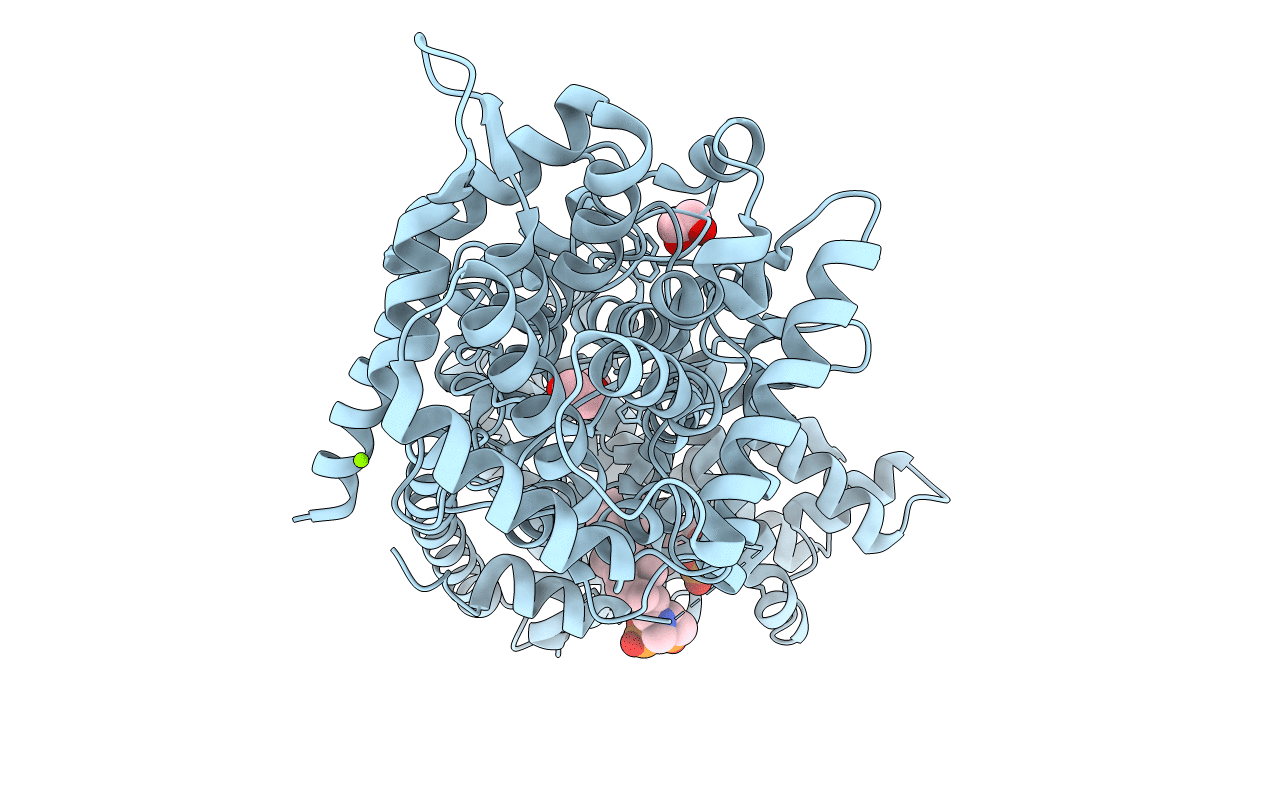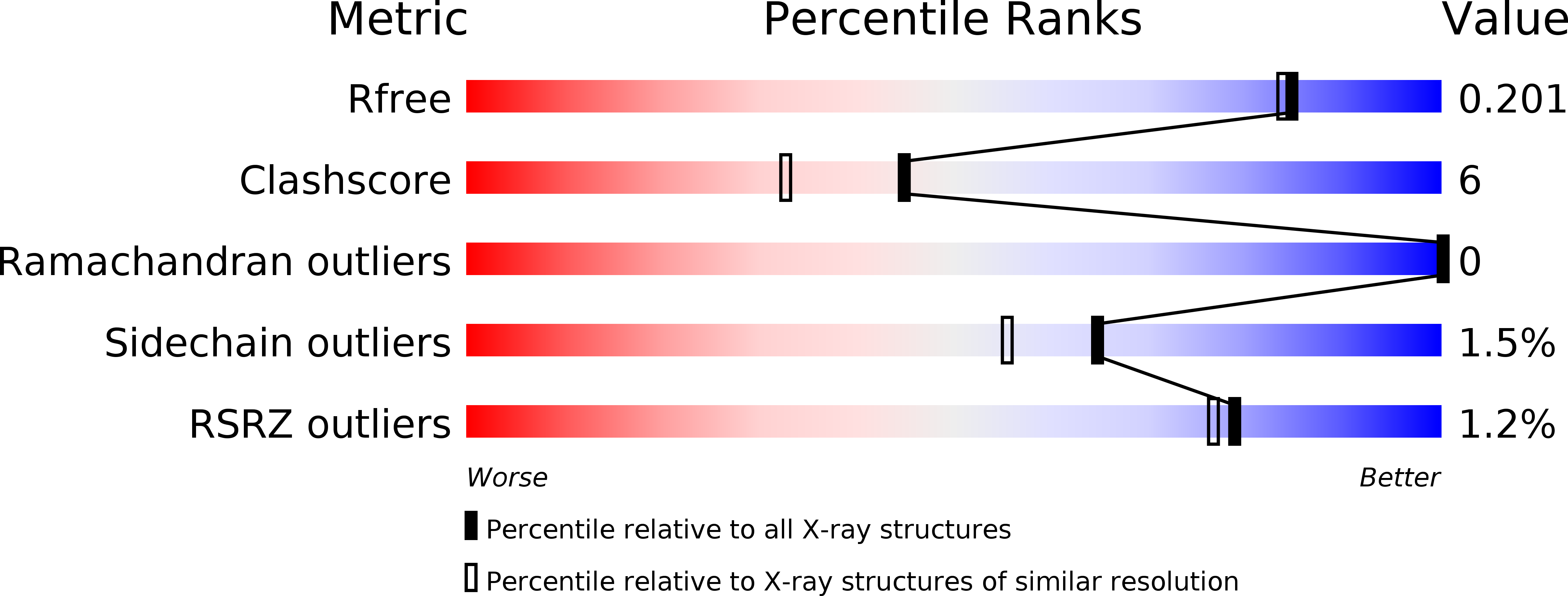
Deposition Date
2010-10-10
Release Date
2010-12-29
Last Version Date
2024-02-21
Entry Detail
PDB ID:
3P5P
Keywords:
Title:
Crystal Structure of Taxadiene Synthase from Pacific Yew (Taxus brevifolia) in complex with Mg2+ and 13-aza-13,14-dihydrocopalyl diphosphate
Biological Source:
Source Organism:
Taxus brevifolia (Taxon ID: 46220)
Host Organism:
Method Details:
Experimental Method:
Resolution:
1.82 Å
R-Value Free:
0.20
R-Value Work:
0.16
R-Value Observed:
0.16
Space Group:
P 21 21 21


